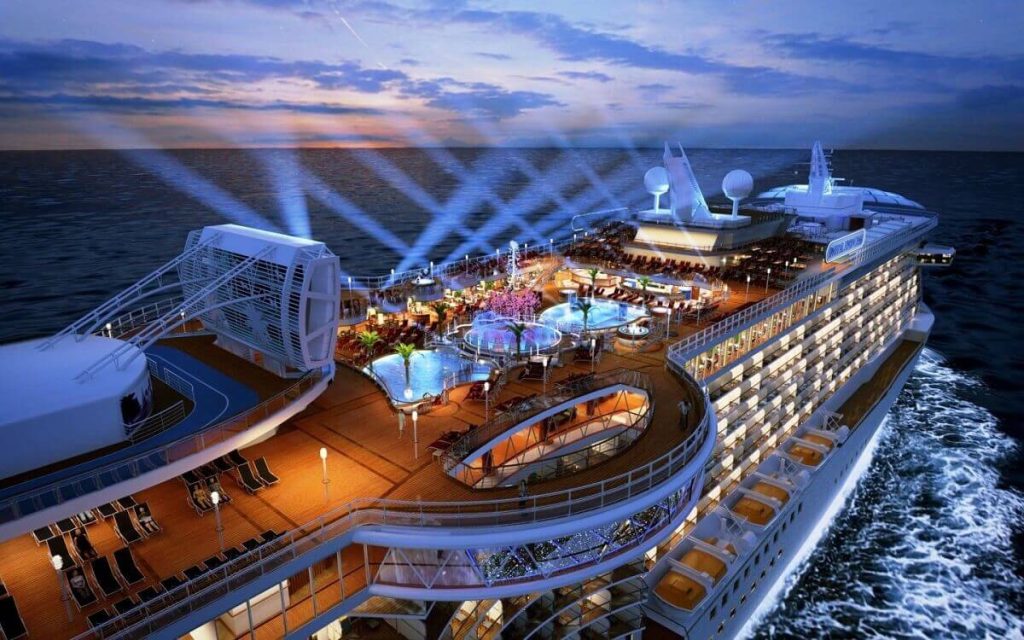While many of Europe's magnificent cities remain eclipsed by their more well-known counterparts, it is a treasure store of enchanted towns. From the artistic appeal…


Dublin, the capital of Ireland, is a dynamic city located on a bay at the estuary of the River Liffey in the province of Leinster. According to the 2022 census, the city council area had a population of 592,713, while Dublin City with its suburbs housed 1,263,219 inhabitants. The broader County Dublin region had a population of 1,501,500, establishing Dublin as the biggest city on the island of Ireland. This vibrant metropolis is flanked to the south by the Dublin Mountains, which are part of the scenic Wicklow Mountains range.
Dublin’s extensive history originates from the 7th century or earlier, when the Gaels founded a colony in the region. The entrance of the Vikings subsequently advanced the development of the region. By the 12th century Anglo-Norman invasion, the Kingdom of Dublin had ascended to become Ireland’s foremost settlement. The city had swift growth from the 17th century, momentarily ranking as the second biggest city in the British Empire and the sixth largest in Western Europe after the Acts of Union in 1800.
Dublin’s ascent to the status of capital of an independent nation commenced in 1922 when it was appointed as the capital of the Irish Free State, subsequently renamed Ireland in 1937. As of 2018, the city was acknowledged by the Globalization and World Cities Research Network (GaWC) as a global metropolis with an “Alpha minus” classification, positioning it among the top thirty cities globally.
The economic significance of Dublin is paramount. The Dublin area functions as Ireland’s economic hub and was pivotal in the nation’s swift economic expansion during the Celtic Tiger era. In 2009, Dublin attained the notable distinction of being the fourth wealthiest metropolis globally by buying power and the tenth wealthiest by personal income. Dublin’s position has varied throughout the years; however, it has continuously maintained its status as a key participant in the global economy. Mercer’s 2011 Worldwide Cost of Living Survey placed Dublin as the 13th most expensive city in the European Union and the 58th most expensive location globally.
As of 2017, the Greater Dublin Area serves as a significant employment center, with over 874,400 individuals engaged in work within the region. The city’s economic prowess is notably reflected in its financial, ICT, and professional sectors, with around 60% of Ireland’s workers in these areas situated in the Dublin region. The aggregation of talent and industry has positioned Dublin as a significant contender in the global business arena.
Dublin Airport, situated north of the city in Swords in Fingal County, enhances Dublin’s international connections. The airport, managed by DAA, functions as an essential transportation center for Ireland. The headquarters of Ireland’s flag carrier, Aer Lingus, and regional airline, CityJet, are situated here, while the low-cost carrier Ryanair’s headquarters are in close proximity. Dublin Airport provides a comprehensive array of short and medium-haul flights, internal routes to smaller airports within Ireland, and long-haul services to locations in the United States, Canada, the Middle East, and Hong Kong. Its importance is highlighted by its status as the 11th busiest airport in the European Union and the busiest airport in Ireland.
Dublin is characterized by its vibrant and young ambiance. The city is distinguished as one of Europe’s most young capitals, with almost 50% of its population under the age of 25. The demographic composition substantially enhances Dublin’s lively nightlife and cultural landscape. The city center features an abundance of taverns and nightclubs, fostering a vibrant nightlife atmosphere. Locations such as St. Stephen’s Green, Grafton Street, Harcourt Street, Camden Street, Wexford Street, and Leeson Street are notably favored for nightlife, providing a varied array of entertainment choices for residents and tourists alike.
The young demographic of Dublin not only determines its nightlife but also impacts its cultural environment as a whole. The city hosts various institutions and colleges, drawing students from around Ireland and globally. The infusion of young, educated persons enhances Dublin’s status as a center of innovation, creativity, and business. The city’s startup ecosystem has thrived in recent years, as several young professionals opt to establish their enterprises in this vibrant metropolitan setting.
Dublin’s historical depth and modern dynamism forge a distinctive amalgamation of antiquity and innovation. Historic sites, like Dublin Castle, Christ Church Cathedral, and Trinity College, coexist with contemporary architectural achievements and corporate offices of technology firms. This contrast between old and new components exemplifies Dublin’s capacity to respect its history while welcoming the future, rendering it an intriguing destination for both history aficionados and progressive thinkers.
Currency
Founded
Calling code
Population
Area
Official language
Elevation
Time zone
Ireland is an island republic located in the North Atlantic Ocean off the northwestern coast of mainland Europe, with a population of around 7 million as of 2022. This island, the third-largest in Europe and the twentieth-largest worldwide, is geopolitically partitioned…
Kilkenny, located in County Kilkenny, Ireland, has a population of 27,184 according to the 2022 census, ranking it as the thirteenth-largest urban center in the nation. This lovely city, situated in the South-East…
Galway, a dynamic city located on Ireland’s western coast, is the most populated urban area in the province of Connacht. Situated at the confluence of the River Corrib and Galway Bay, this urban center has…
Cork is the second-largest city in Ireland and the administrative center of County Cork, with a population of 224,004 according to the 2022 census. This dynamic metropolitan hub, located in the province of Munster, is…
While many of Europe's magnificent cities remain eclipsed by their more well-known counterparts, it is a treasure store of enchanted towns. From the artistic appeal…

From Rio's samba spectacle to Venice's masked elegance, explore 10 unique festivals that showcase human creativity, cultural diversity, and the universal spirit of celebration. Uncover…

Boat travel—especially on a cruise—offers a distinctive and all-inclusive vacation. Still, there are benefits and drawbacks to take into account, much as with any kind…

Discover the vibrant nightlife scenes of Europe's most fascinating cities and travel to remember-able destinations! From the vibrant beauty of London to the thrilling energy…

The 7 Wonders of the 21st Century feature amazing successes redefining human creativity and engineering capability. From the calm Temple of Buddha's Origin in Leshan,…

© All Rights Reserved. By Travel S Helper